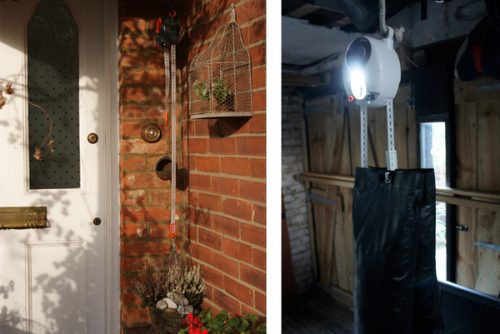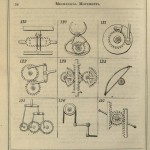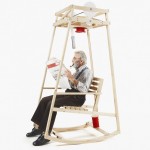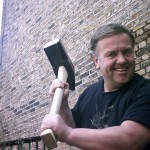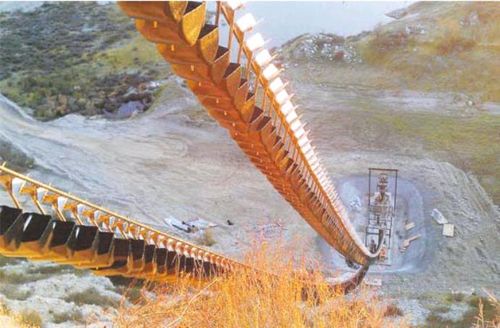 “Forget batteries with complex chemistries or precision-tuned flywheels. A growing number of energy storage start-ups are promoting the idea that the most economical, most expedient ways to store power revolve around harnessing the four elements of the ancient world: earth, air, water and fire.”
“Forget batteries with complex chemistries or precision-tuned flywheels. A growing number of energy storage start-ups are promoting the idea that the most economical, most expedient ways to store power revolve around harnessing the four elements of the ancient world: earth, air, water and fire.”
Read more: The most important man in energy storage? Try Archimedes.
